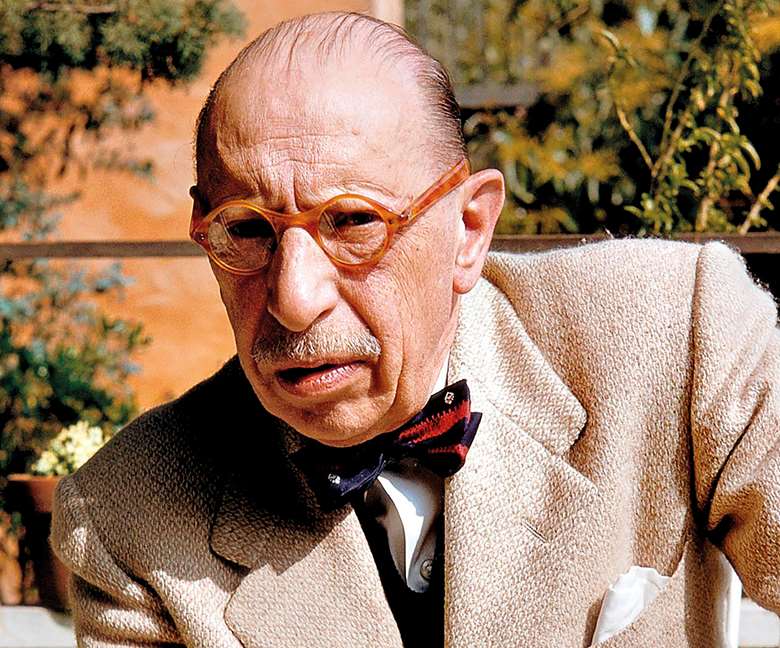Meeting Stravinsky, by Tony Palmer
Tony Palmer
Friday, March 19, 2021
The filmmaker recalls how tea at The Savoy led to making a Stravinsky centenary tribute

Register now to continue reading
Thanks for exploring the Gramophone website. Sign up for a free account today to enjoy the following benefits:
- Free access to 3 subscriber-only articles per month
- Unlimited access to our news, podcasts and awards pages
- Free weekly email newsletter








